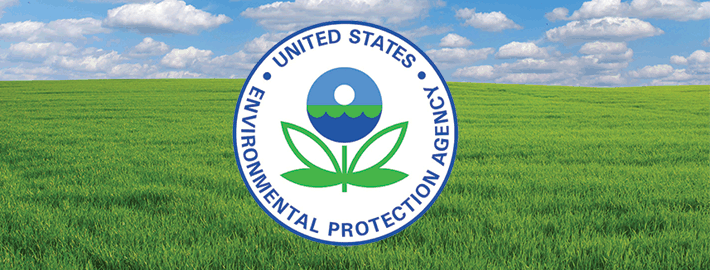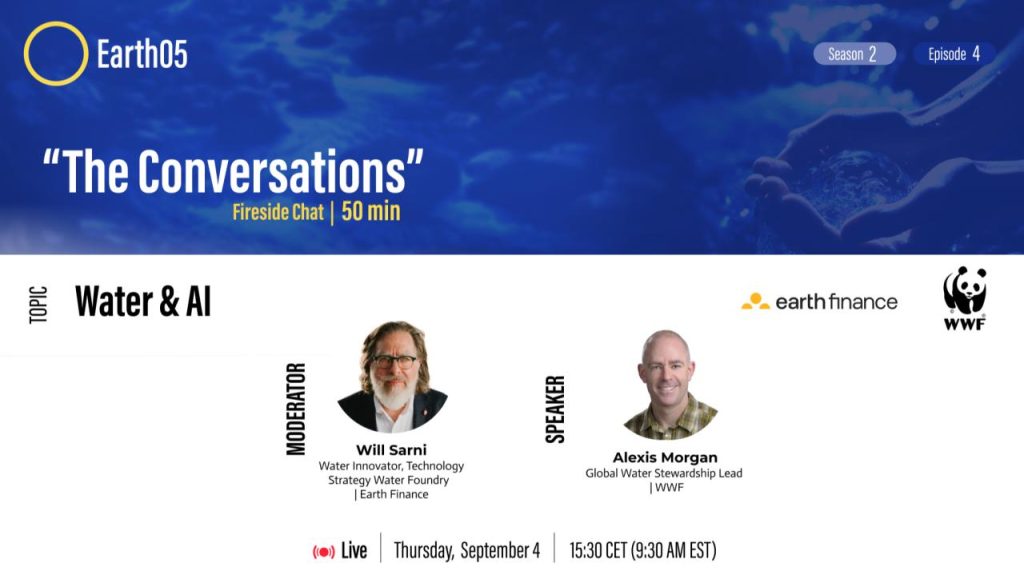Planning for an Emergency Drinking Water Supply
During an incident that disrupts the availability of drinking water on a large-scale or regional basis, clarity in the roles and responsibilities of those involved with locating, securing, and delivering an emergency drinking water supply (EDWS) will be critical. An EDWS is alternate drinking water supply (e.g., bottled/bulk water) provided to residents when a community’s drinking water utility can no longer treat and/or distribute water. Provision of an EDWS involves the development of an emergency drinking water plan by a local water utility and also involves the collaboration and partnership between various levels of local government. This presentation will discuss how small drinking water utilities can develop an EDWS plan and coordinate with other local partners to provide emergency drinking water when there is a disaster.
Portable Treatment System to Provide Drinking Water During Emergencies
Following an emergency event, communities need access to clean water for drinking, cooking, cleaning, and medical triage. EPA researchers partnered with the nonprofit organization, WaterStep, to develop a modular, mobile water treatment system known as Water on Wheels– Emergency Mobile Water Treatment System (WOW Cart). This presentation will discuss this inexpensive and versatile water treatment system that’s about the size of a shopping cart. It is configured with multiple treatment technologies and is equipped with alternative power sources. The system is easy to operate and can be deployed to critical infrastructure ahead of oncoming natural events to build resiliency.



